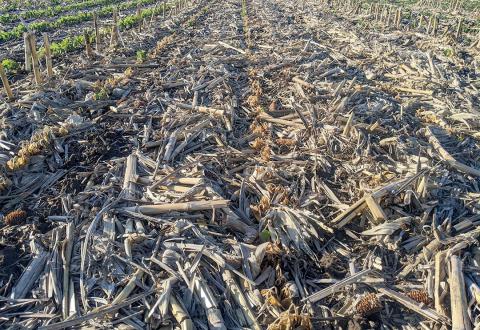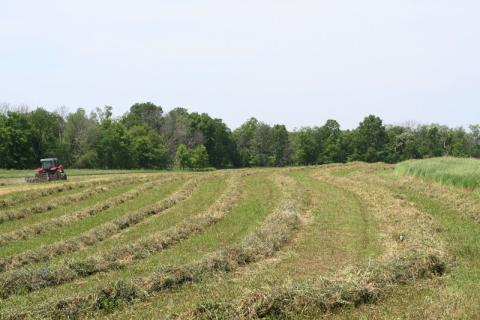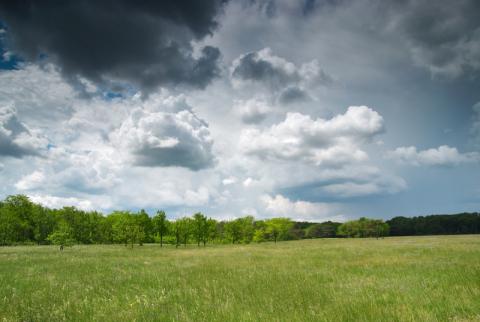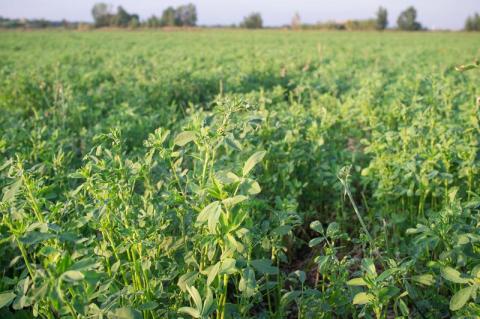Pasture and Forage Minute: Considerations for Cutting Hay, Controlling Bluegrass
June 28, 2022
Extension educators discuss some often overlooked factors for determining a grass hay cut date, and share recommendations on timing irrigation for more effective control of bluegrass in alfalfa.
Pasture and Forage Minute: Rain and Hail Damage, Preventing Window Disease
June 20, 2022
Extension insights on reducing rain damage to hay, assessing hail damage to forage crops, and preventing window disease in alfalfa.
Pasture and Forage Minute: Selecting the Right Herbicide, Irrigating Alfalfa and Poison Hemlock
June 6, 2022
Tips on selecting the right herbicide for your operation, overcoming challenges to irrigating alfalfa and poison hemlock management.

Assessing Plant Recovery and Replant Considerations
May 27, 2022
Nebraska Extension recommendations on evaluating fields that were affected by crusting, hail, wind and frost damage this past week in order to make plant recovery or replant decisions.
Pasture and Forage Minute: Small Grain Harvesting for Forage, Management Strategies for Musk Thistle, Pasture Fertilizer
May 18, 2022
Extension educators review the pros and cons of harvesting small grains for forage this year, and share tips on how to control musk thistle and fertilize warm-season grass pastures.
Pasture and Forage Minute: Improving Alfalfa Production, Alternative Forages in a Drought
April 12, 2022
Extension educators review the best ways to assess alfalfa stands and improve the first cutting, plus options for alternative forage for drought-stressed fields.
Pasture and Forage Minute: Alfalfa Seed Selection, Planting
March 3, 2022
Nebraska Extension educators review tips for selecting alfalfa seed traits and spring planting strategies.
Pasture and Forage Minute: Inventorying Forage Supply
February 1, 2022
With increasingly dry conditions in Nebraska, now is a good time to take stock of remaining hay and forages to make timely adjustments on your winter feed strategy.







